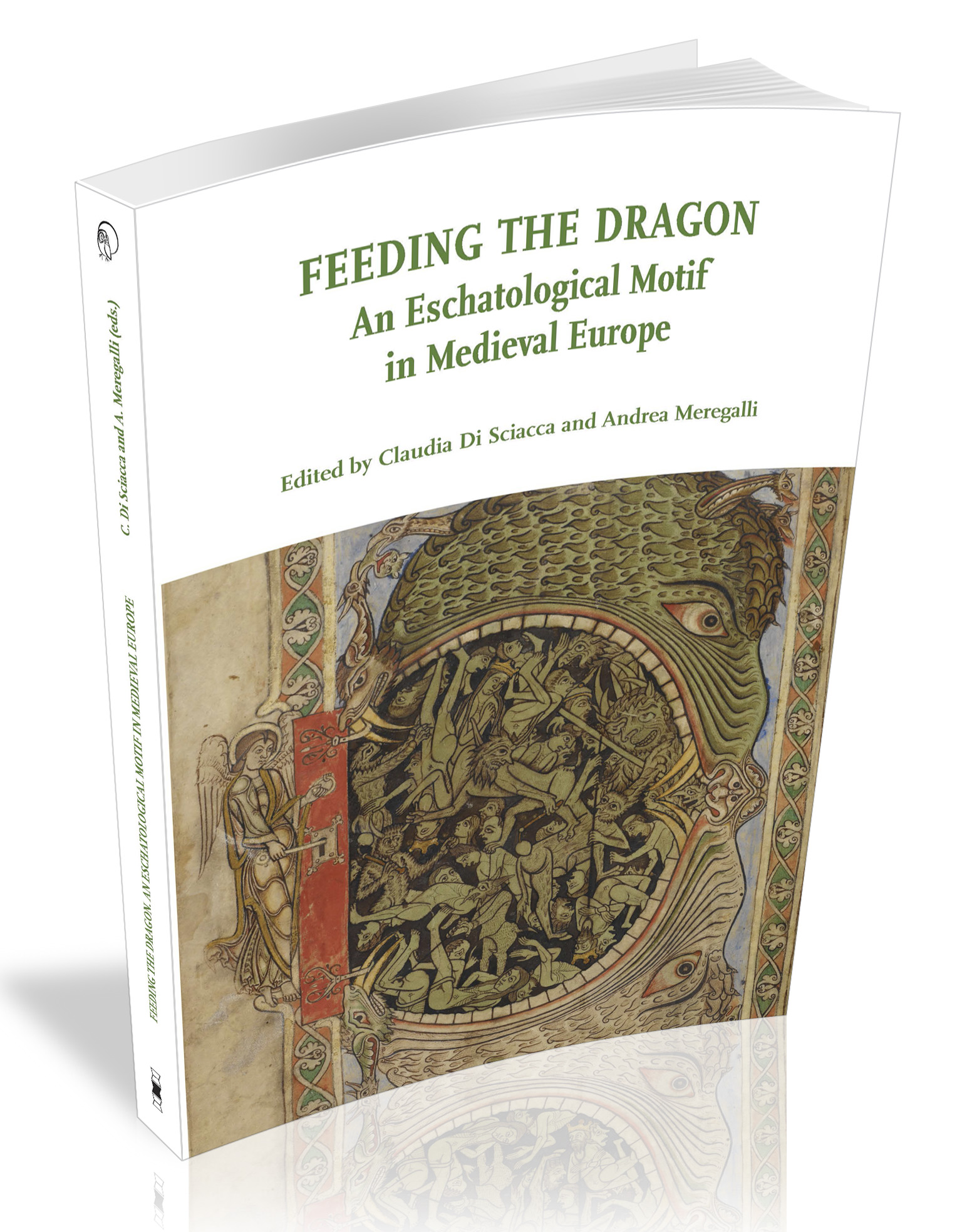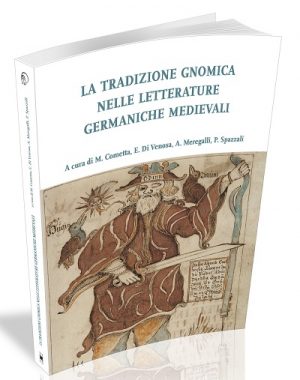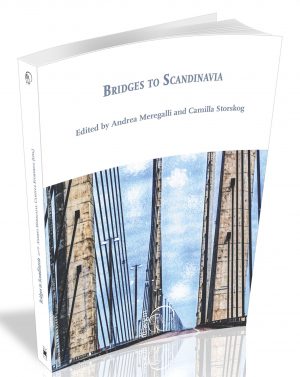This book consists of six original essays concerning two popular eschatological motifs of medieval Europe: the devouring devil, especially in the guise of a dragon, and the zoomorphic mouth of hell, arguably a distinctive English adaptation of the anthropomorphic mouth of hell of classical antiquity.
Over a time span ranging from late antiquity to the late Middle Ages and stretching across three languages, Latin, Old English, and Old Norse, the topos of the devouring demonic monster, a veritable commonplace across cultures and ages, is investigated in a variety of texts, including the Holy Scripture, homiletic and hagiographic works by authors such as Augustine of Hippo, Gregory the Great, and Ælfric of Eynsham, and apocryphal writings, e.g. the Seven Heavens Apocryphon and the Gospel of Nicodemus, especially its latter section, the Descensus Christi ad inferos.
By detailing the creative interaction of a wide range of influences and the various practices of appropriation and adaptation of a vast stock of source material, both ultimate and intermediate, the contributions afford relevant case studies of the densely interlingual and intertextual modes of textual production, transmission, and reception in the European Middle Ages. Advancing our understanding of the cultural and textual networks of the period, this book will prove an important resource for anyone interested in the dynamic process of mediation between past and present, pagan and Christian, orthodoxy and apocrypha, exotic and local that makes up medieval literary and figurative culture.
DATI BIBLIOGRAFICI
A cura di: Claudia Di Sciacca e Andrea Meregalli
Editore: Ledizioni
Collana: Di/Segni
Pubblicato nel: dicembre 2023
Lingua: inglese
Formato: brossura, 236 p. – PDF in OA
ISBN cartaceo: 9788855267571
Prezzo: 28,00 €










